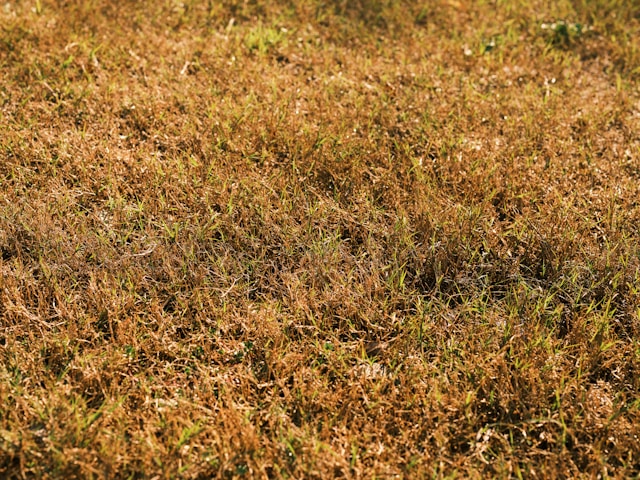You’ve invested in a professional lawn care company to achieve that lush, green lawn of your dreams. Yet, despite their efforts, your lawn is still sporting that unsightly brown hue. Frustrating, right? Before you start questioning your decision or blaming the lawn care company, it’s crucial to understand that achieving a perfect lawn involves more than just regular mowing and fertilizing. Fertilizer is just one piece of the complex puzzle of lawn agronomy. Several other factors could be contributing to your lawn’s decline. Let’s explore some common issues and what you can do to address them.
Understanding the Basics of Lawn Agronomy
Agronomy is the science and technology of producing and using plants for food, fuel, fiber, and land restoration. When it comes to your lawn, it involves understanding soil health, plant physiology, pest management, and environmental impacts. Here are some key aspects to consider:
Soil Health
Healthy soil is the foundation of a healthy lawn. Compacted soil, poor drainage, or a lack of essential nutrients can all lead to a brown, unhealthy lawn. Aeration can help alleviate soil compaction, and a soil test can reveal any deficiencies that need to be addressed with specific amendments.
Insect Infestations
Certain insects can wreak havoc on your lawn. Grubs, chinch bugs, and sod webworms are common culprits. These pests feed on grass roots and blades, causing significant damage. Regular monitoring and appropriate pest control measures are essential.
Fungal Diseases
Fungal infections like brown patch, dollar spot, and rust can turn your lawn brown and patchy. Fungi thrive in specific environmental conditions, such as high humidity or poor air circulation. Fungicides may be necessary, but proper watering and mowing practices can also help prevent these diseases.
Environmental Stress
Extreme weather conditions, such as heatwaves, drought, or excessive rain, can stress your lawn. Heat stress can cause grass to turn brown as it goes dormant to survive the harsh conditions. Ensuring your lawn gets adequate, but not excessive, water can help it recover.
Steps to Revive Your Brown Lawn
1. Conduct a Soil Test
Start with a soil test to identify any nutrient deficiencies or imbalances. Your lawn care company can help with this or you can use a DIY kit. Based on the results, apply the necessary amendments to improve soil health.
2. Check for Pests
Inspect your lawn for signs of insect damage. Look for irregular brown patches, and try to identify the pests. If you find any, consult your lawn care provider about appropriate treatment options.
3. Identify and Treat Fungal Infections
Look for signs of fungal disease, such as discolored patches or a powdery coating on grass blades. Your lawn care company can recommend or apply fungicides if needed. Adjusting your watering schedule to early morning can also help reduce fungal growth.
4. Adjust Watering Practices
Over or under-watering can both cause issues. Ensure your lawn is getting about 1 to 1.5 inches of water per week, either from rainfall or irrigation. Water deeply and infrequently to encourage deep root growth.
5. Aerate Your Lawn
Aeration helps alleviate soil compaction, improves root growth, and enhances water and nutrient uptake. Fall or spring are ideal times for aeration in cool-season transition zones like New Jersey.
6. Rethink Fertilization
While fertilizing is important, using the right type and amount is crucial. Too much nitrogen can burn your lawn, while too little can lead to poor growth. Your lawn care company should tailor fertilization schedules based on your lawn’s specific needs.
A brown lawn can be disheartening, especially after investing in professional care.
A brown lawn can be disheartening, especially after investing in professional care. However, understanding that lawn health is multifaceted and addressing issues holistically can make a significant difference. Work closely with your lawn care provider to identify and tackle the underlying problems. With patience and proper care, your lawn can bounce back and thrive.
Remember, a green lawn isn’t just about aesthetics; it’s about creating a healthy ecosystem right in your backyard. Happy gardening!



